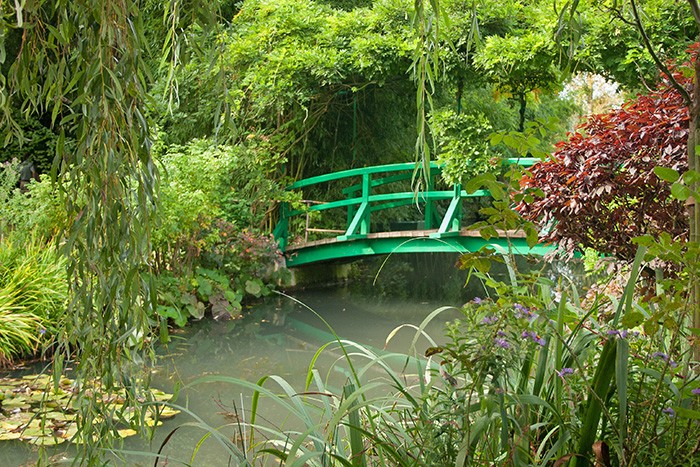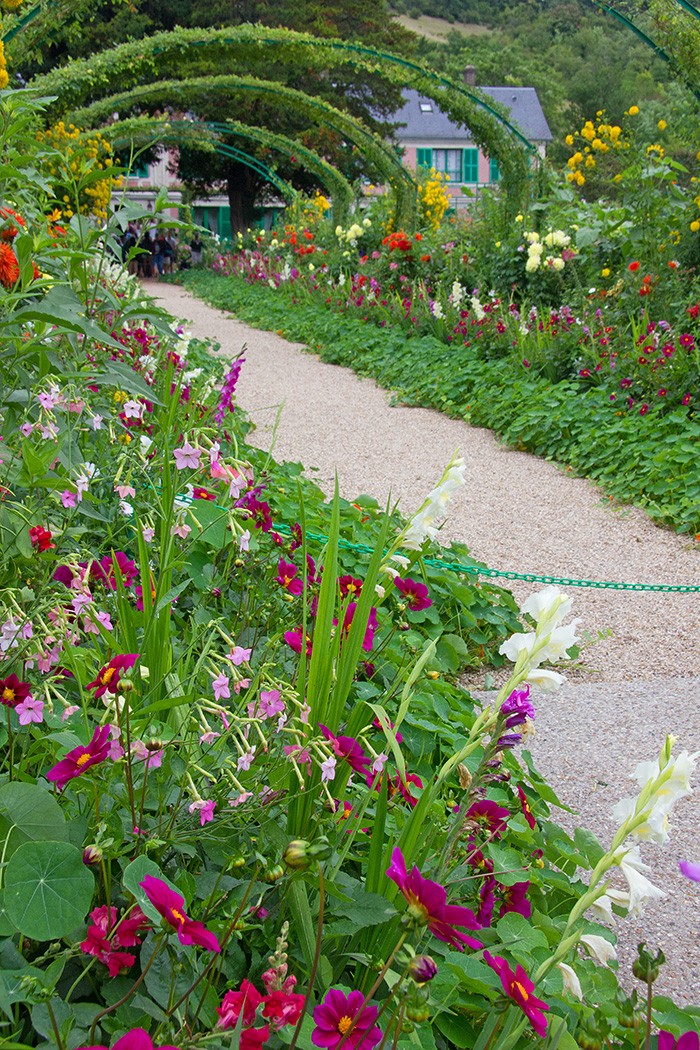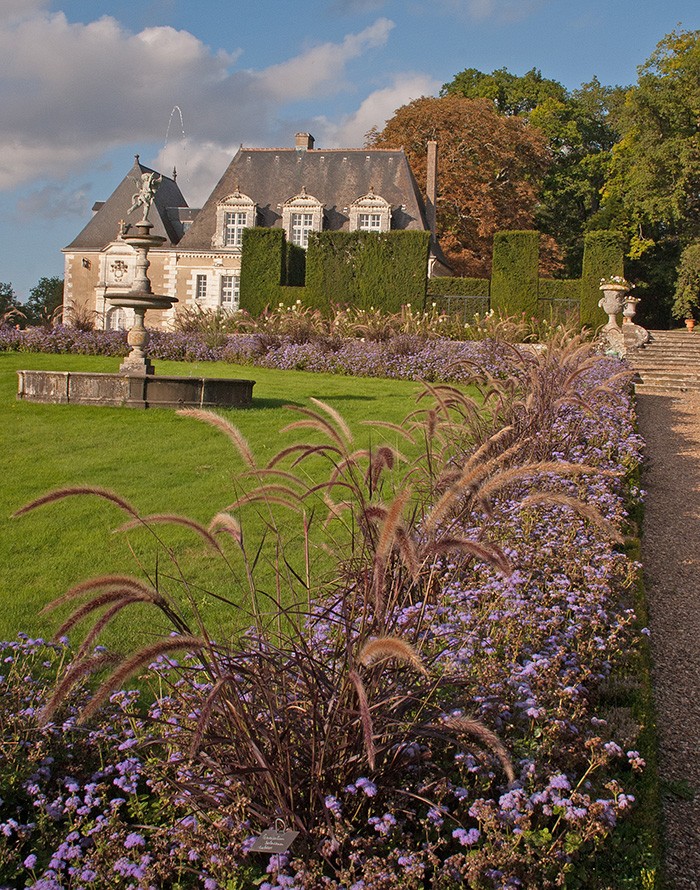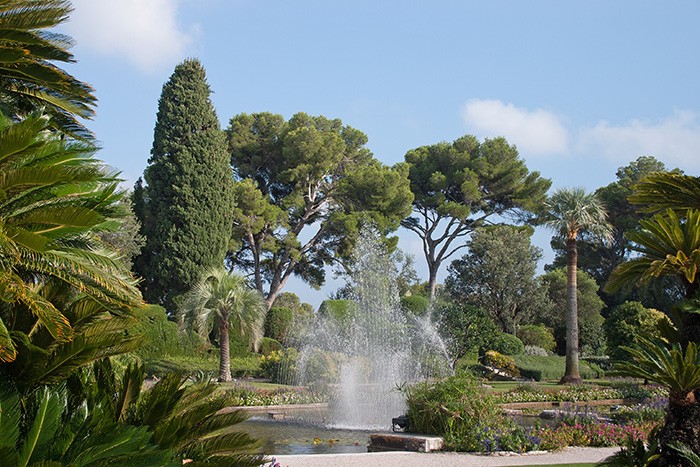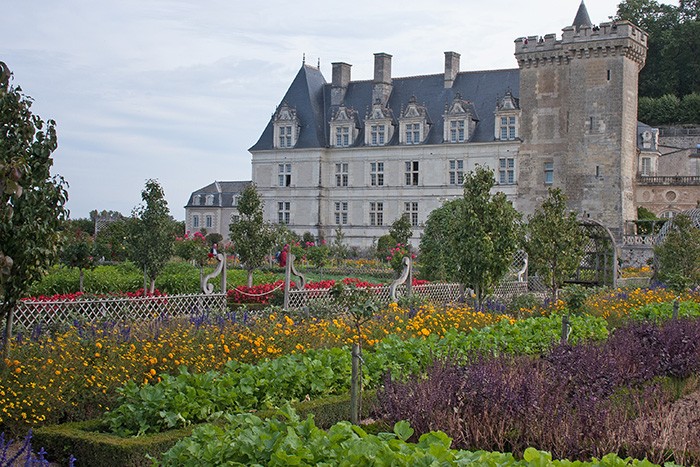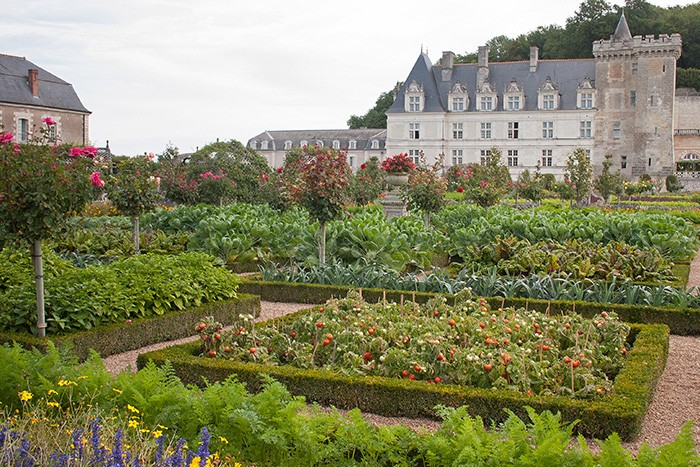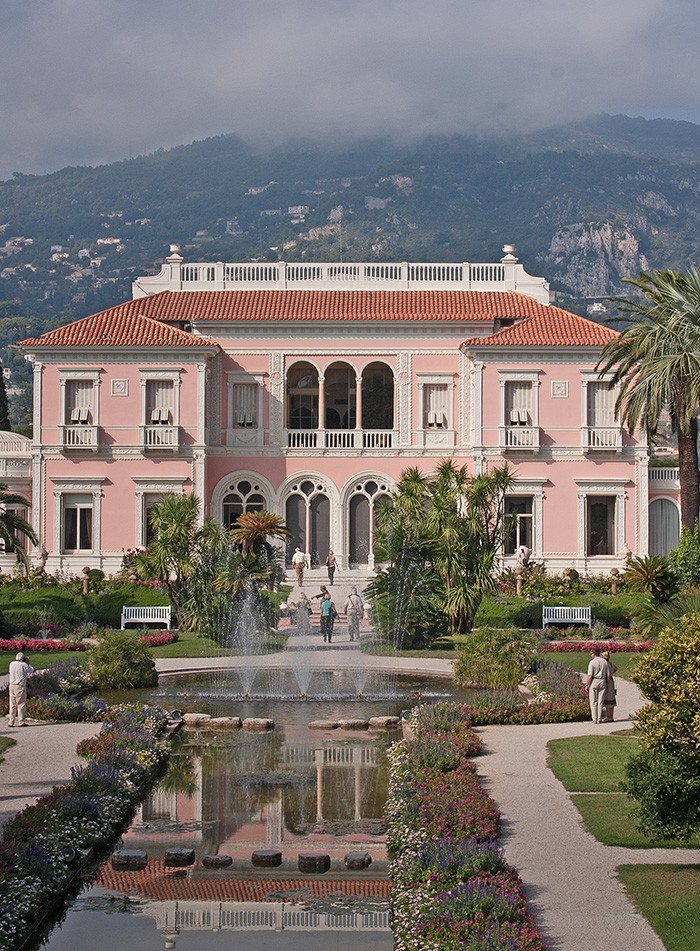If “bonne chance” has you planning for a French vacation this year, keep in mind that France is brimming with many beautiful gardens worth adding to any getaway itinerary. Need suggestions? Here are four of my favorites.
- Giverny. Claude Monet’s gardens — need I say more? Located just off the banks of the Seine River, 46 miles west of Paris — and easily reachable from the City of Lights by bus, train or even boat — this living inspiration created by one of the founders of French Impressionism is two distinct gardens. The Clos Normand is an annual riot of colors and natural perfumes from mixed flowering plants allowed to playfully stretch, droop and flop from structured Old World rectangular beds. The Water Garden is Monet’s masterpiece of vibrant marginal plants, stately mature trees, still waters and soul-soothing serenity that also showcases his famous Moon Bridge and iconic water lilies. giverny.org/gardens/fcm/visitgb.htm
- Chateau de Valmer. Tucked away in the beautiful Loire Valley in central France, about 140 miles south of Paris, Chateau de Valmer is a vineyard well known for its Vouvray wines. It is also an elegant estate dating to the 1400s featuring well-maintained Italian Renaissance gardens flowing from eight different tiers. Terrace of the Florentine Fountains, High Terrace, Leda’s Terrace, Terrace of the Anduze Vases — these are but a few of the poetic appellations that do justice to the many eye-pleasing planting areas that border this graceful property. chateaudevalmer.com/en
- Chateau de Villandry. While enjoying the delightful sights and sensations of the Loire Valley, why not double your pleasure in garden-gazing? Less than an hour’s drive west from Chateau de Valmer, Villandry is one of France’s most visited historic estates open to the public, and for good reason. This 16th-century retreat is embraced by a dreamscape of meticulously manicured, outstandingly colorful formal Renaissance gardens. My favorite is the Kitchen Garden, which lays out precise patterns with lettuce, chives, cabbages, peppers, carrots, chard, tomatoes, leeks and beets that are corralled by tightly pruned boxwoods. Call it opulent veggie gardening, if you will. chateauvillandry.fr/en
- Villa Ephrussi de Rothschild. With such a dapper name and located on the French Riviera between Nice and Monaco, you would expect full-on fancy, and this garden delivers. Started in the early 1900s, the grounds of this Rothschild estate display nine unique gardens flanking a central pool area. Crunchy gravel paths guide visitors through gardens of varying styles, such as French, Spanish, Florentine, Japanese and Provençal, on a promontory that also offers sweeping vistas of the Mediterranean. Full-on fancy, indeed. villa-ephrussi.com/en
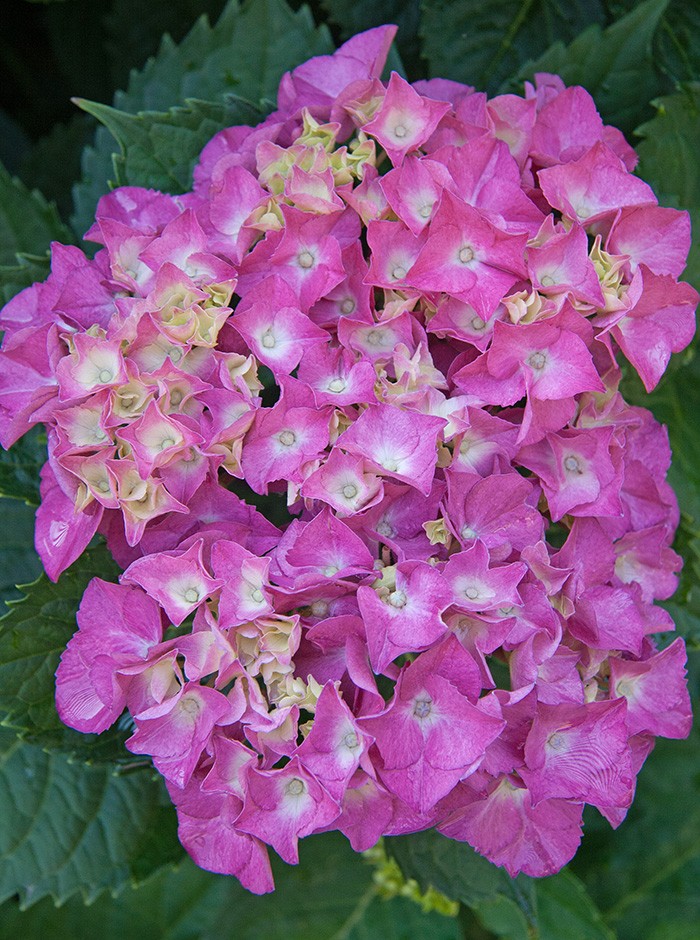
French Hydrangea
While we’re speaking French, if you are thinking about adding French hydrangeas (Hydrangea macrophylla) to your garden this spring, remember, for typical cultivars, the color of their fancy flowers depends on soil acidity. Prefer a blue hue? Grow these beauties in acidic soil (pH 6 or less), which is a usual given in most Cary gardens. Intense pink blooms can be had in alkaline (pH 7 and higher) growing ground. In neutral soil (pH 6 to 7), these pretties can even shift to purple.
To increase acidic conditions, mix in sulfur or aluminum sulfate to the planting area, while generous applications of lime around such hydrangeas will put you in the pink. Keep in mind that such color change will take some time, but faster results can be had with potted French hydrangeas.
To Do in the Garden
March
- If your green thumb is itching to begin growing annual edibles, cool-season favorites such as lettuce, spinach, radishes, onions, kale, potatoes, turnips, mustard greens, cauliflower, broccoli and cabbage can all be planted in the vegetable patch this month.
- Has your lawn mower blade been sharpened in the last two years? Remember: A sharp blade cuts; a dull blade tears, which makes grass more susceptible to diseases.
- For more flower power in the coming summer, early this month, prune woody ornamentals such as abelia, buddleia, althea, crepe myrtle, pomegranate, clethera and vitex that develop blossoms off new growth.
- Easy on the pruners! Not all trees and shrubs will benefit from a shearing this month. Wait to snip early-blooming beauties such as azalea, camellia (Camellia japonica), Carolina jessamine, forsythia, flowering quince, spirea, viburnum, mock orange, weigela and deciduous magnolia until after their flowers have faded.
- Remove winter mulch from around roses and replace with a fresh organic covering for the warm-season growing period to come. A good one-two approach is to spread a layer of compost first and then cover it with shredded hardwood mulch.
- Also rake out the protective winter mulch from hardy perennials and replace with fresh organic material, but be careful not to cover any new growth or basal leaves.
- Celebrate spring with your feathered garden buddies by cleaning debris out of bird houses and giving the bird bath a good scrubbing.
- Explore Carrboro: Small-town Southern Meets Hippie Chic
- Making a Splash
- Discover Manteo’s Timeless Appeal
- Nonprofit Spotlight: BikeWalk NC
- The Dirt on Composting
- Vive les Jardins Français!
- Worth the Drive: Lantern in Chapel Hill
- Kill Devil Pecan Rum from Outer Banks Distillery
- Crude Extraction from Oaklyn Springs Brewery
- Small Business Spotlight: Fount Coffee + Kitchen
- From the Editor: March 2019




